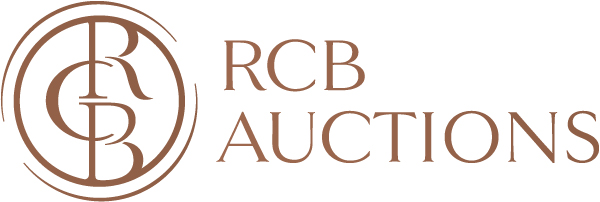Buddhist Lions: The Legendary Beasts that Preside Over Chinese Art
Uniquely-shaped, swathed with skill and elegance in auspicious patterns and decorated with lions mask handles, these two rare blue and white porcelain jardinieres that date back to the 19th century are a scintillating pair of heirlooms that will be taking the floor in the forthcoming Live Auction.
Click here for Thai.
Uniquely-shaped, swathed with skill and elegance in auspicious patterns and decorated with lions mask handles, these two rare blue and white porcelain jardinieres that date back to the 19th century are a scintillating pair of heirlooms that will be taking the floor in the forthcoming Live Auction.
The most prominent feature of the painted decorations on these two jardinieres are the Buddhist lions, the most powerful creatures of the animal kingdom. Chinese collectors believed that the incorporation of these lions as decorative motifs on personal possessions would endow the owner with protection from all dangers. One account of the origin of Buddhist lions in Chinese mythology posits that the first Chinese travelers to Africa returned to their homeland greatly impressed by the majesty of a certain creature they saw in the foreign wilderness. From its raw physical strength to its roar, which echoed throughout the expanse as if it truly were the king of the beasts, the formidable might of the lion became the subject of legend across the Chinese empire and was worshiped by all, whether they were peasants, nobles or the emperor himself. Soon arose the tradition of placing effigies of Buddhist lions at the entrance of important or religious grounds, such as the imperial palace and temples.
Another popular myth explains the presence of the ball commonly depicted beneath the Buddhist lion’s paw: one day, as a male and female Buddhist lion playfully teased one another, the fur fell off their bodies and collected into a ball; a little while later, a baby Buddhist lion appeared from it. That is why Buddhist lions are often seen playing with a ball in Chinese architecture. Still widely revered today, Buddhist lions are placed in front of doors or at the base of pillars as symbols of strength and power. The jardinieres featured in this auction are embellished with a small pride of Buddhist lions, which appear as lion’s mask-shaped handles, and in the painted decoration, carefully and skillfully applied, of the majestic creatures playing with brocade balls.

Additionally, the jardinieres are also adorned with the Ruyi (如意) pattern, a symbol of good fortune often found on Chinese art and architecture. The first character, “ru” (如), used to describe likeness or similarity, and the second character, “yi” (意), which signifies “thought” or “desire”, create an auspicious compound that translates to “according to one’s wishes” or “following your heart’s desires”. In the era of the Northern and Southern dynasties (420 – 589 AD), the use of “Ruyi” expanded and began to refer to a small scepter with a curved head that decorated the interiors of the imperial palace and homes of high-ranking nobles. The Ruyi pattern on these jardinieres is composed of a row of clouds enlaced with the head of the ruyi scepter, which has been altered in shape to resemble the lingzhi or lacquered bracket mushroom, which is believed to grant immortality to all who consume it.
A pattern of trailing flowers of different species also wreaths these opulent planters, as does a pattern interweaving the foliage of the four seasons, insects and butterflies– which seem like they could flutter out of the tableau with the arrival of a gentle breeze– which encircles the base. Myriad details converge and elevate the rarity and beauty of this pair of jardinieres, a prize addition to any antqiuer’s collection.

A pair very rare blue and white porcelain baluster planter painted with Buddhist lions playing with brocade balls alternating with trailing flowers decorated with lions mask at handles (2 pcs.)
Style: Chinese
Dimensions: W 53.5 cm H 43 cm
Circa: Early 19th Century
Estimated Price: 30,000 - 50,000 THB
Starting Price: 30,000 THB
